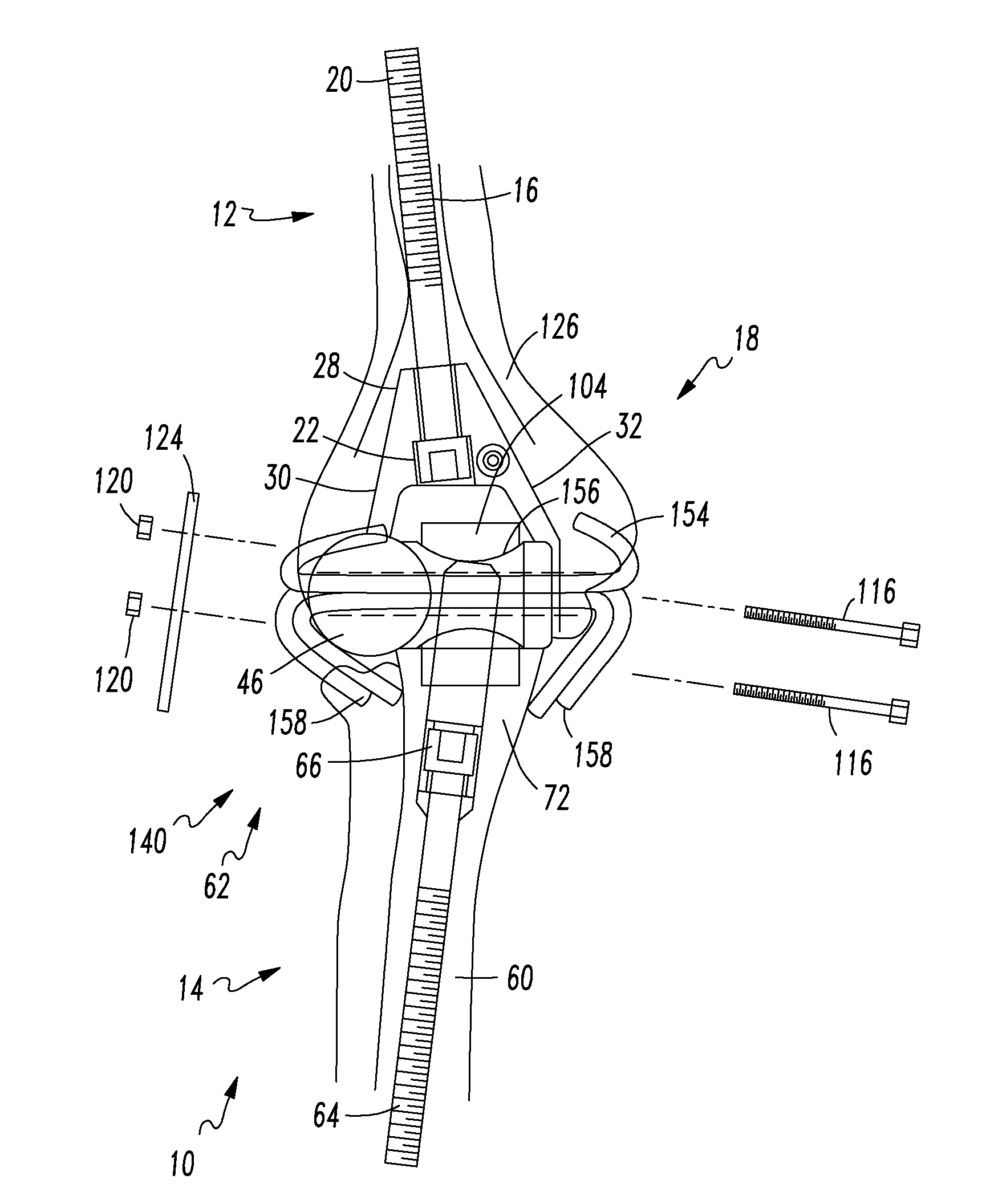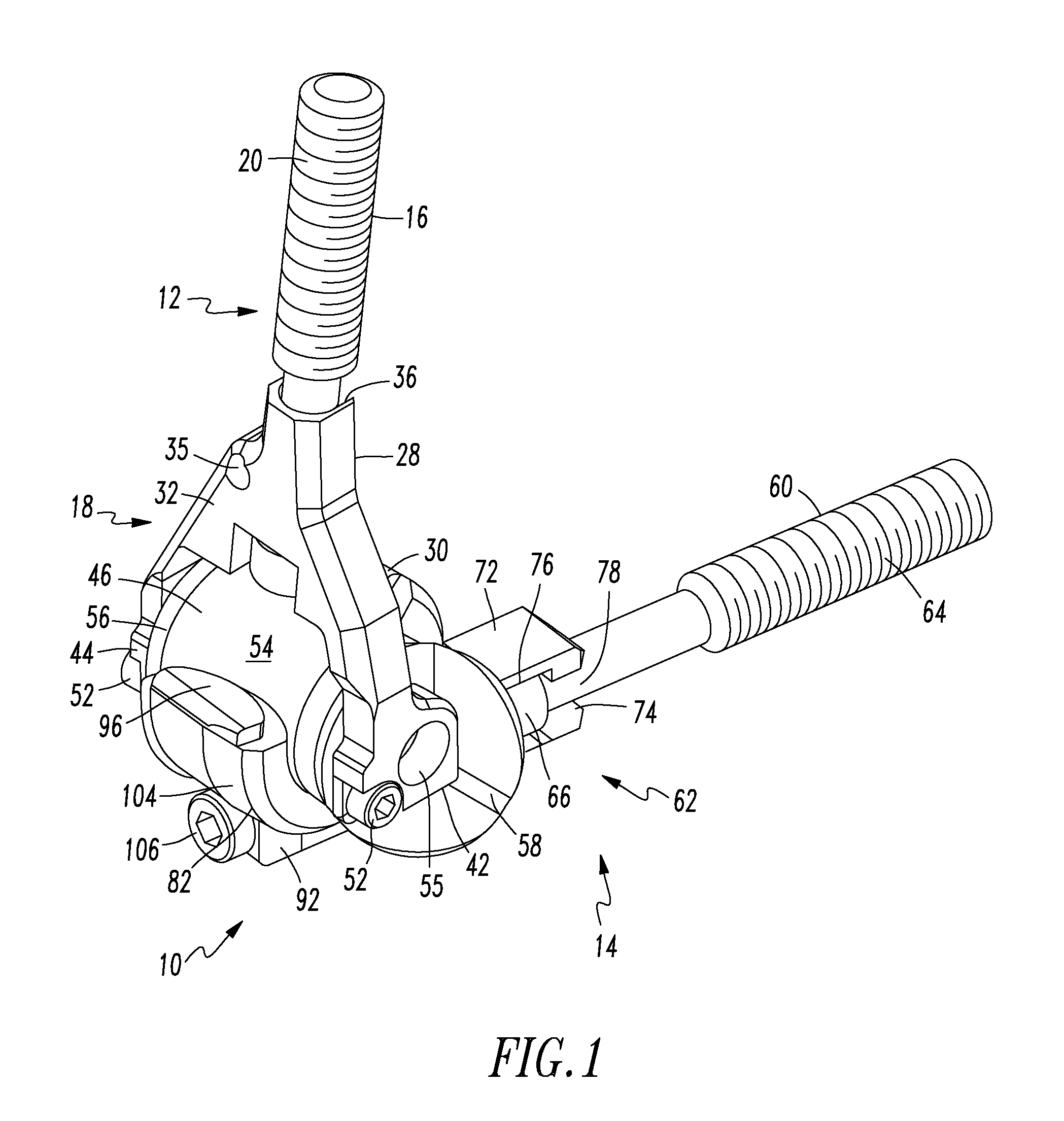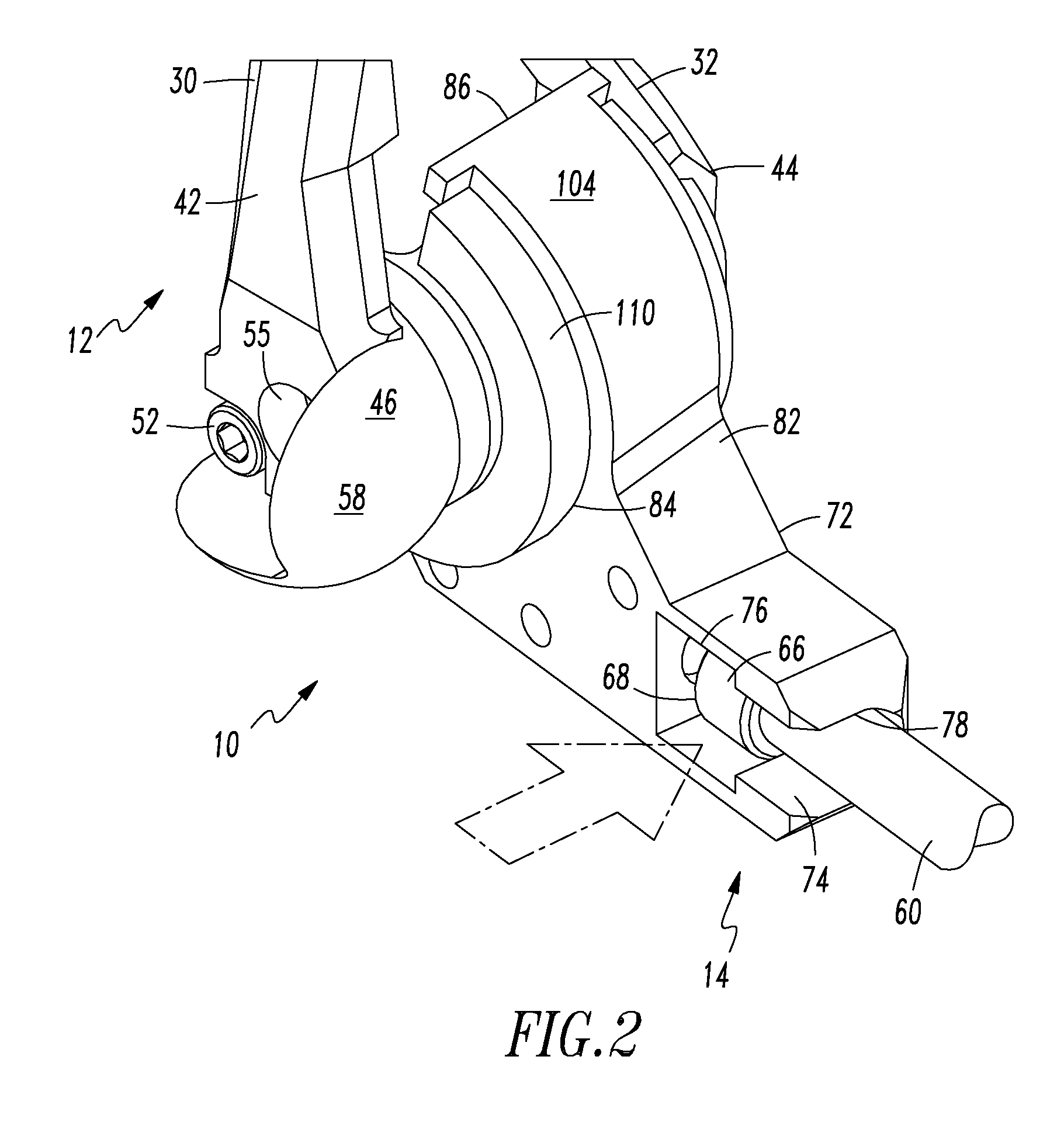In post-traumatic settings, where surgical efforts have failed to restore adequate alignment, post-traumatic
arthritis may set in and become symptomatic with patients experiencing pain and a loss of
range of motion.
Whether idiopathic, inflammatory or post-traumatic,
elbow arthritis is often painful and may interfere with function of the entire arm.
Whereas degenerative joint diseases usually affect patients after the fifth decade of life, traumatic conditions may cause
elbow joint impairment in
younger age groups.
Elbow fractures such as of the distal
humerus or
olecranon often exhibit intra-articular involvement, which can lead to permanent
cartilage damage despite the best surgical reconstruction efforts.
This is particularly true when anatomic reconstruction of the joint surfaces is not successful or if osteochondral portions are missing as may occur in open injuries.
High energy injuries such as Motorcycle accidents may damage the distal
humerus of younger patients and leave the
ulna and
radius relatively uninjured.
However, the results of these early efforts were characterized by
implant loosening,
instability and poor clinical results.
This improved the stability of the construct, but still resulted in rates of loosening of up to 50%.
The linked design offers superior stability and dislocations of these joints are rare, however, the constrained design transfers forces through the bone-
cement or bone-
implant interface which then results in significant loosening rates.
Understandably, this reliance on soft tissues to maintain stability results in higher rates of
instability and
joint dislocation compared to linked designs.
These characteristics prevent the use of an unlinked
prosthesis in situations where
soft tissue integrity is poor or extensive bone loss has occurred.
On occasion, the distal humerus is severely injured with relative sparing of the proximal
ulna or
radius.
In some instances, such as
high energy motor vehicle accidents, the distal humerus is not salvageable.
However, radiographic signs of attrition indicate that this
implant may not be ideally suited for this role.
Even though this offers a quick, reliable, and relatively durable bone-to-
implant fixation, there are significant limitations.
The most noteworthy is that the implant and
cement mantle is difficult to remove if this is required such as in the face of an infection or peri-prosthetic fracture.
It is when eradicating an infection, however, when the entire
cement mantle needs to be accounted for and eliminated, that the surgical effort to accomplish this becomes quite involved.
Damage to the soft tissues as well as neurovascular structures can occur and, even in the best of circumstances, significant
bone stock is removed along with the cement.
The use of cement has the potential added drawback of causing thermal osteonecrosis.
This high temperature may damage the surrounding bone and potentially compromise its ability to heal after implant installation.
It may also hinder new
bone growth advantageous to helping secure the implant after installation.
The
soft tissue envelope that surrounds the elbow is thin, thereby making this location vulnerable to this complication.
Given that the cement must be removed in addition to the implant in order to eradicate the infection, the likelihood of having reasonable
bone stock remaining after the implant and
bone cement has been removed is low.
Realizing the low
survival rate of the second implant, the decision to re-implant a new
arthroplasty is often met with significant resistance.
Peri-prosthetic loosening may occur after implantation and often requires revision surgical efforts.
In general, the ulnar components are at the highest risk for
aseptic loosening and this risk is associated with the quality of fixation.
Not all fractures require
surgical treatment and immobilization may be sufficient in some cases.
A significant hardship when treating
periprosthetic fractures involves the cement mantle that surrounds the implant.
As it lies within the
fractured bone and exhibits no healing capability, the cement often has to be removed and then the void filled with bone graft.
If significant loss of
bone stock is present within the distal humerus or proximal ulna, successful surgical revision may not be possible leading to salvage options such as an arthrodesis or leaving the elbow flail or even consideration of an
amputation.
Bone cement implantation syndrome (BCIS) is poorly understood and yet is an important cause of intraoperative mortality and morbidity in patients undergoing cemented
hip arthroplasty and may also be seen in the postoperative period in a milder form causing hypoxia and
confusion.
This unconstrained device requires that the patient's natural soft tissues are functional.
Furthermore, threaded attachments are subject to loosening if not further secured by some additional means.
Although it is often difficult for a surgeon to know whether a hemiarthroplasty or total arthroplasty will be required prior to commencing
surgery, very few of the implants described above may be used for either type of
surgery.
However, none of these methods has included any type of
ligament reconstruction that would essentially reproduce that which was present in the elbow prior to injury or deterioration.
 Login to View More
Login to View More  Login to View More
Login to View More 


